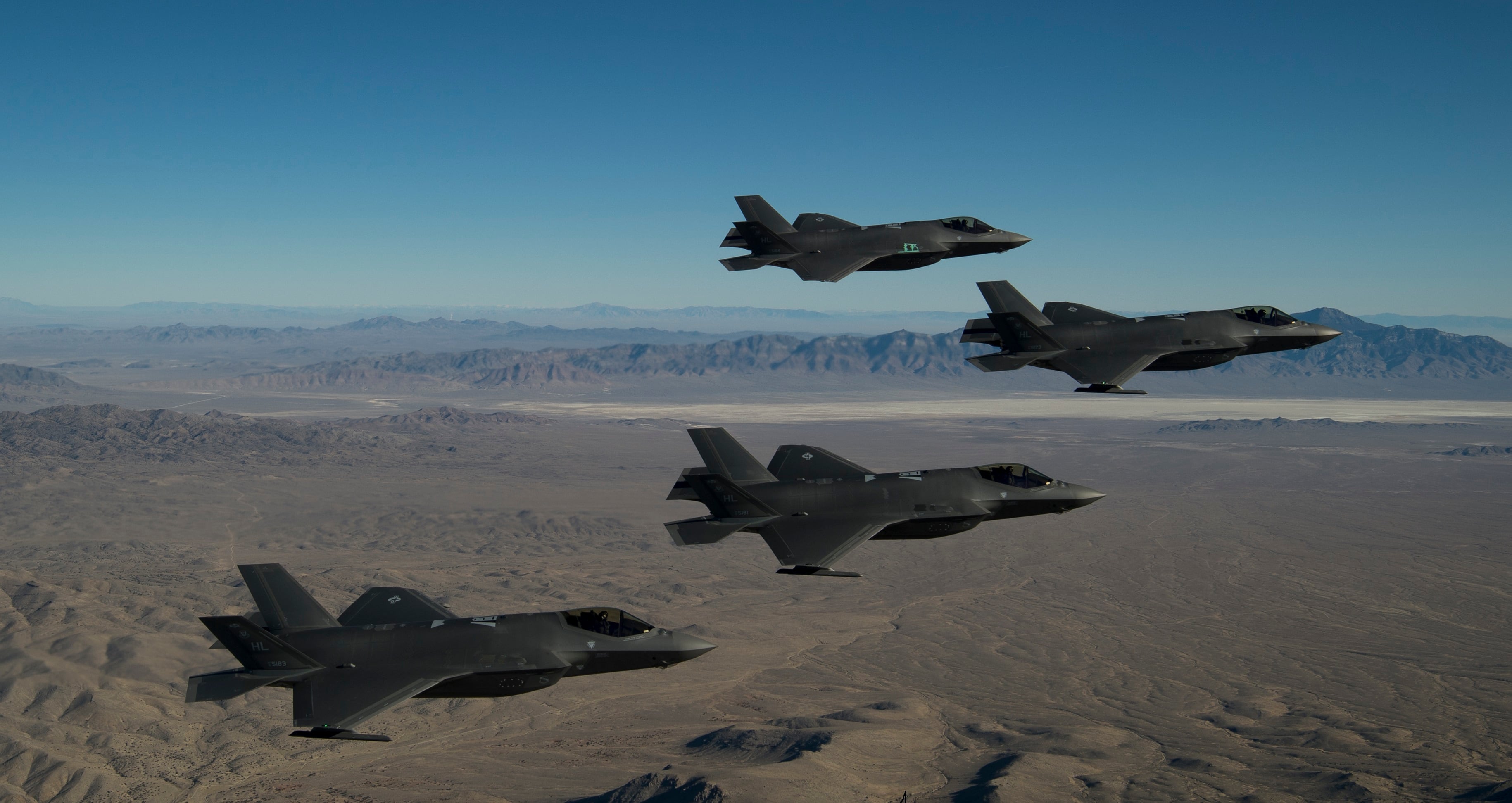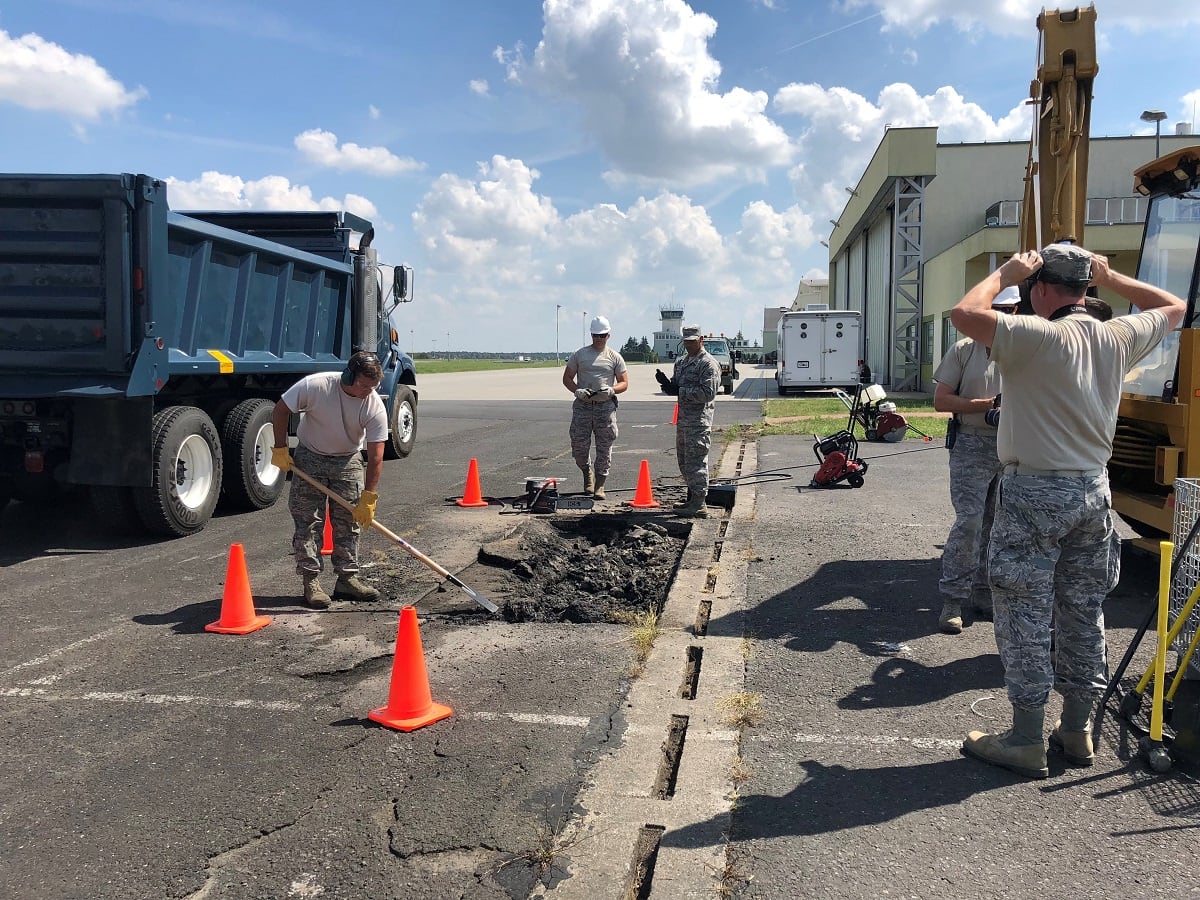WASHINGTON — The top U.S. military commander in Europe warned Tuesday of a growing Russian threat and is calling for more troops, warships and aircraft, saying he’s “not comfortable yet with the deterrent posture” of the American troop presence.
Gen. Curtis Scaparrotti, both head of U.S. European Command and the NATO Supreme Allied Commander-Europe, told the Senate Armed Services Committee that it will take more armored units and U.S. Navy guided-missile destroyers, carrier strike groups and amphibious strike groups to stay ahead of Russia’s growing and modernizing forces.
“I’m not comfortable yet with the deterrent posture that we have in Europe in support of the National Defense Strategy,” Scaparrotti told SASC Chair Jim Inhofe, R-Okla., adding: “Of concern is my intelligence, surveillance and reconnaissance capacity given that increasing and growing threat of Russia. I need more ISR.”
Scaparotti said he has requested two more destroyers for Naval Station Rota, Spain, where the U.S. Navy has four Arleigh Burke-class missile destroyers, which carry the Aegis weapon system. He said he needed better numbers and capabilities, “to stay head of, frankly, the modernization we see in Russia’s maritime forces.”
The guided-missile destroyer Donald Cook this week departed the Black Sea — one of two such deployments there since the Russian seizure of three Ukrainian vessels and arrest of 24 sailors in late November at the Kerch Strait.
Congress funded the European Deterrence Initiative at $6.3 billion last year, and the Trump administration is due to unveil its FY20 federal budget request next week.
RELATED

On Tuesday, Scaparrotti disclosed few details of his needs, punting to a closed session with lawmakers later in the day.
Scaparrotti’s needs in 2018 included an armored division with a full combat aviation brigade, long-range artillery, engineers and sustainment brigades, as well as guided missile destroyers, a carrier strike group, and attack submarines.
On land, Scaparrotti said Tuesday he needed “greater capability … with my enablers,” and in the air, he was looking forward to the use of fifth-generation aircraft, as well as bombers, both to deter Russia and to be ready. “I’m looking forward to those being stationed permanently, in some numbers, in Europe as well,” he said.
Scaparrotti acknowledged strides over the last three years. There were three carrier-strike deployments — once to the High North for the first time in 20 years — and the U.S. has overcome logistical hurdles to move its forces around the continent.
“Three years ago, we were moving one brigade at a time, and challenged. A month ago, I moved four brigades — two armored, two [combat aviation brigades] — simultaneously. That’s progress,” he said.
RELATED

The request comes as U.S. European Command has been scrambling to get naval capability since the U.S. Navy cut way back on its deployments there to focus on the Middle East and Pacific, according to Mark Cancian, of the Center for Strategic and International Studies.
“Destroyers can also provide missile defense. Four are now stationed at Rota, Spain, for that purpose, but the Navy wants to pull those out and use them elsewhere. So Scaparrotti is, in effect, arguing against the chief of naval operations,” Cancian said.
The U.S. Army has been rotating more troops through Germany and Eastern Europe, and Scaparrotti could have been expected to ask for the permanent stationing of an armored brigade in Europe.
Last year’s request for a full armored division, “would be a big ask,” as the Pentagon is trying to limit deployments, Cancian said, adding: “The administration does not want such a big force structure ask because it is constraining force expansion in order to fund modernization."
Joe Gould was the senior Pentagon reporter for Defense News, covering the intersection of national security policy, politics and the defense industry. He had previously served as Congress reporter.






